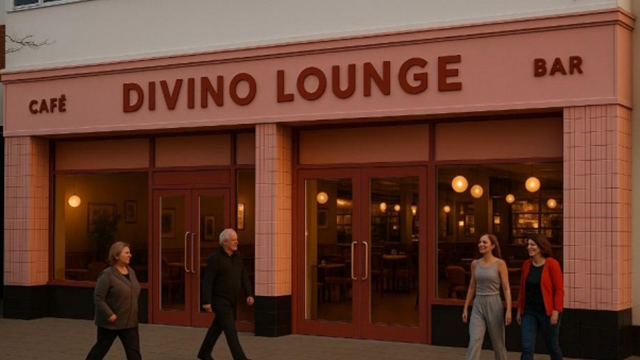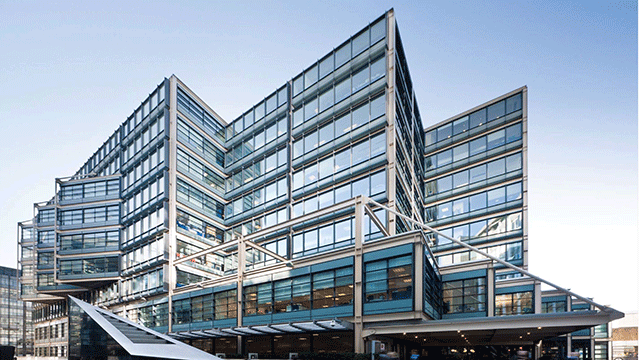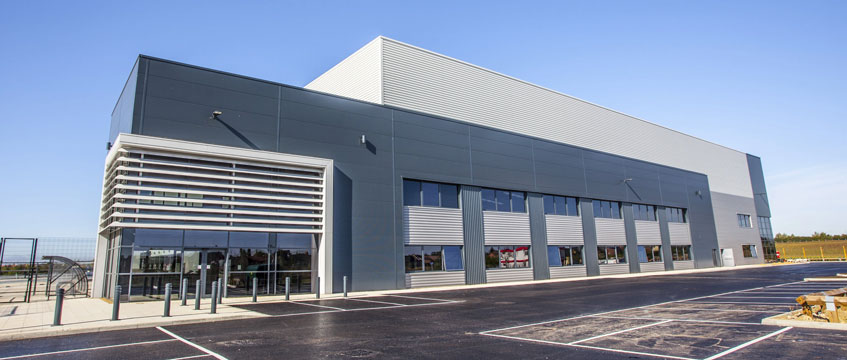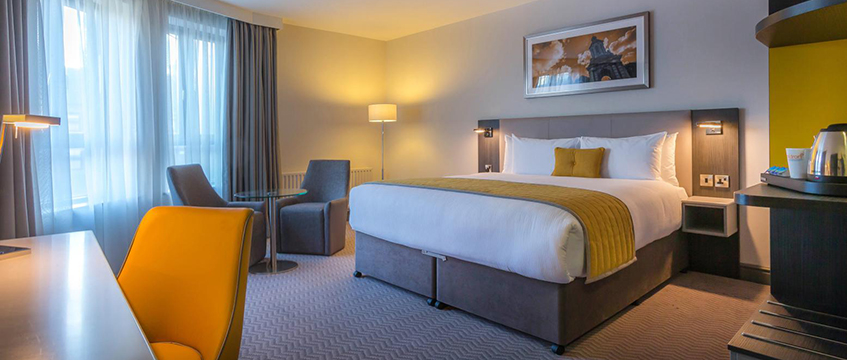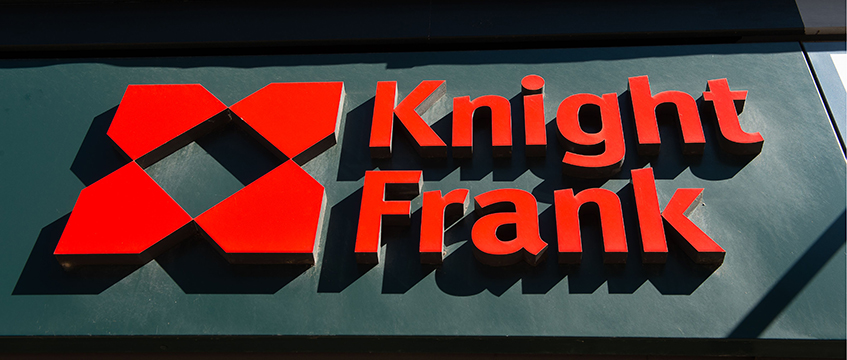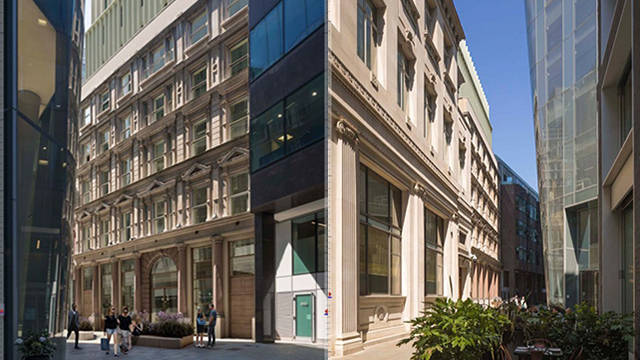The chief executive of LondonMetric Property believes two takeovers in a year have allowed the REIT to shake up the listed real estate landscape, setting the business apart from rivals such as British Land and Landsec.
The listed owner has grown to become the UK’s third-largest REIT, after merging with LXi REIT and CT Property Trust. What will make it stand out from its large-cap rivals, Andrew Jones tells EG, will be its focus on income growth, compounding, and absence of “troubled” sectors such as London offices and shopping centres.
“It’s what I call the three C’s: collect, compound and watch the yields compress,” says Jones, adding: “Income compounding is the eighth wonder of the world – the secret sauce and the rocket fuel that creates wealth.”
LondonMetric has vowed to be “ruthlessly efficient” in how it operates its business and allocates capital in its “quest towards dividend aristocracy”.
The investor’s acquisition strategy will focus on four areas: fund wind-ups, where Jones says it is “plugging into a portfolio”; debt refinancing opportunities outside its chosen sectors, such as offices; taking advantage of redemptions; and sale-and-leasebacks.
Further consolidation could also be on the cards, with Jones outlining his belief that “there are too many small-caps”. In March, it ruled out tabling a competing bid for UK Commercial Property REIT, which was ultimately acquired by rival Tritax Big Box REIT.
“Further M&A is something we would obviously always look at if the opportunities arise,” he says.
Shifting to more sheds
Urban logistics has been LondonMetric’s conviction call for several years on the back of its rental growth dynamics, and that does not look set to change anytime soon. The subsector accounts for 61% of its logistics portfolio and is valued collectively at £1.5bn.
“Urban logistics is the gift that keeps on giving,” says Jones. He adds: “We’re very good at recycling – we’ve built a career out of it. We want to end up with a portfolio that’s aligned to the structural winners.
“We’re growing our shed exposure, and we’re happy with our hospitals, theme parks and convenience retail. There will be some other things that we are OK with, but those are going to be the four main pillars.”
During the year, the investor sold £185m of properties at 1% below book value, mostly consisting of non-core offices, retail and multi-let industrial. Since the year-end it has sold £75m of assets, with a further £107m under offer.
The owner will press on with “some pruning” in the year ahead, although Jones did not share a target figure for disposals. Among the properties it has inherited from its mergers, LondonMetric aims to keep hold of its hospital properties, which Jones says have “incredibly defensive” characteristics. The non-core asset types that it will seek to offload include offices, care homes and children’s nurseries.
“There are lots of care homes, and they’re little,” he says. “It’s a bit like children’s nurseries, we’re never going to get a position in care homes, not that we want one. We want to be in sectors where we have a competitive edge, and that we understand a bit better. If we don’t understand it, we don’t do it.”
Breaking up with offices
Post-year end, LondonMetric has exchanged contracts to sell two former LXi-owned offices in Scotland for £36.6m, reflecting a 7% net initial yield, as well as a former LXi care home in the West Midlands for £500,000.
“We sold two offices – they’re good buildings, but they’re just not for us,” says Jones. “I hope the buyer does well. I wish any buyer or owner of offices well because, quite frankly, they need all the love they can get.”

As for LondonMetric’s leisure and entertainment portfolios, Jones affirmed its commitment to its entertainment arm, which consists of attractions including Thorpe Park, Alton Towers and Warwick Castle, with the “possible exception” of its Heide Park attraction in Germany.
The leisure portfolio, meanwhile, does not require “major surgery” but “maybe a little bit of trimming”. “We reduced our Travelodge exposure by more than 50%, and the budget hotels sector is strong,” says Jones.
Malls still a “money pit”
Outside of convenience retail, which includes discount, home and grocery retailers, Jones remains bearish on the asset class. For him, “most shopping centres are a money pit”, barring one or two exceptions.
“I still think there is too much space in the UK,” he says. “I’d rather own lower-rented retail parks with smaller units than bigger shopping parks with lots of units. The danger on some of those bigger assets is that you’re just moving deckchairs around on the Titanic.”
LondonMetric’s expansion through mergers and acquisitions has doubled its portfolio value to £6bn during the year ended 31 March, £2.9bn of which was added through its merger with LXi during the period, along with £300m from its merger with CTPT.
Given that LXi shareholders have rolled all of their shares into LondonMetric, new board members Nick Leslau and Sandy Gumm have taken management’s overall shareholding in the company to 3.1%. The team is fully aligned with a shared mission, says Jones.
“We have an ownership structure here,” says Jones. “The team have a lot of their money invested, helped enormously by Nick Leslau’s investment. We’re in this together, we’re all in.
“This isn’t about growing AUM. If we don’t like the asset we’ll sell it, and if we get hit on it, we’ll take a hit on it.”
Send feedback to Pui-Guan Man
Follow Estates Gazette




